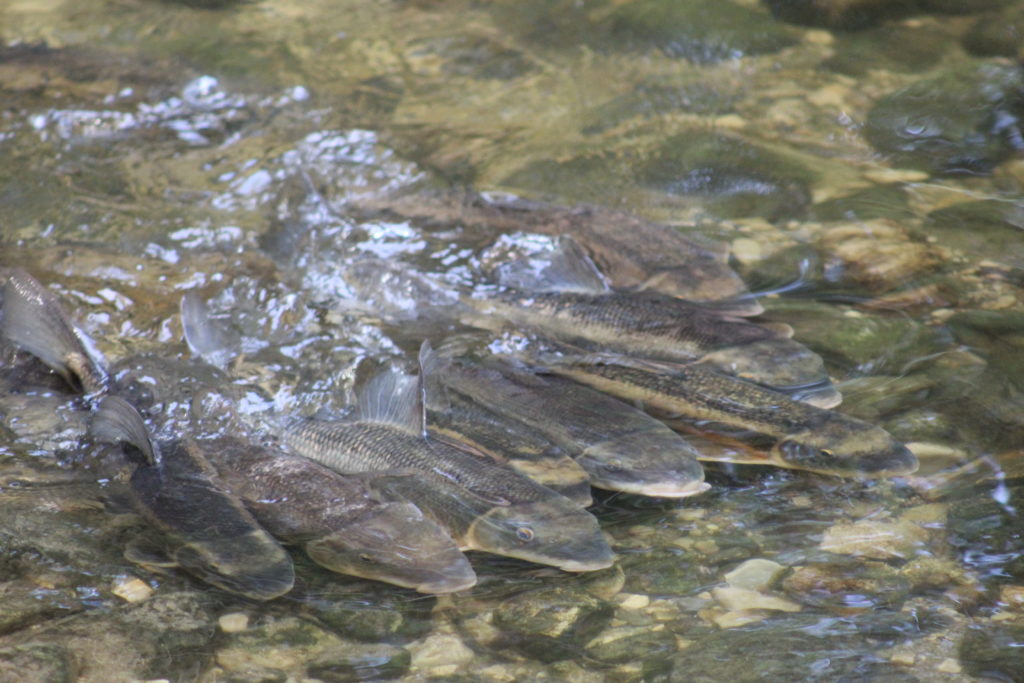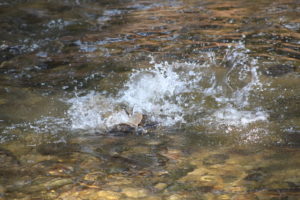Sea Grant project faves, Titus Seilheimer
The calendar has flipped to 2022. Our staff members are ready to tackle new projects in the coming 12 months, which also happens to mark Sea Grant’s 50th anniversary. Before they move more deeply into the new year, however, several staff members took a moment to retain the glow of their favorite 2021 project. Here’s what Fisheries Outreach Specialist Titus Seilheimer had to say:
White sucker monitoring in Silver Creek in Manitowoc County was right up there, if not the high point of my work year. Here are some images that illustrate my enthusiasm.
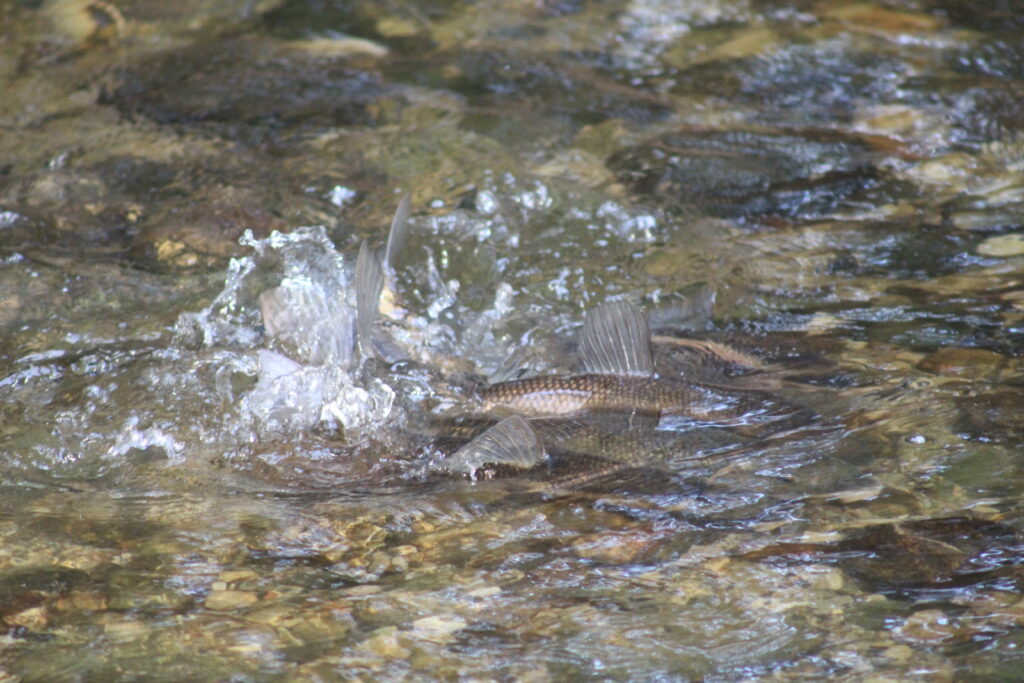
Fish spawning in progress.jpg – Here’s a group of white suckers spawning. Rocky riffles are great habitat for sucker eggs and also for watching suckers. (Image credit: Titus Seilheimer, Wisconsin Sea Grant)
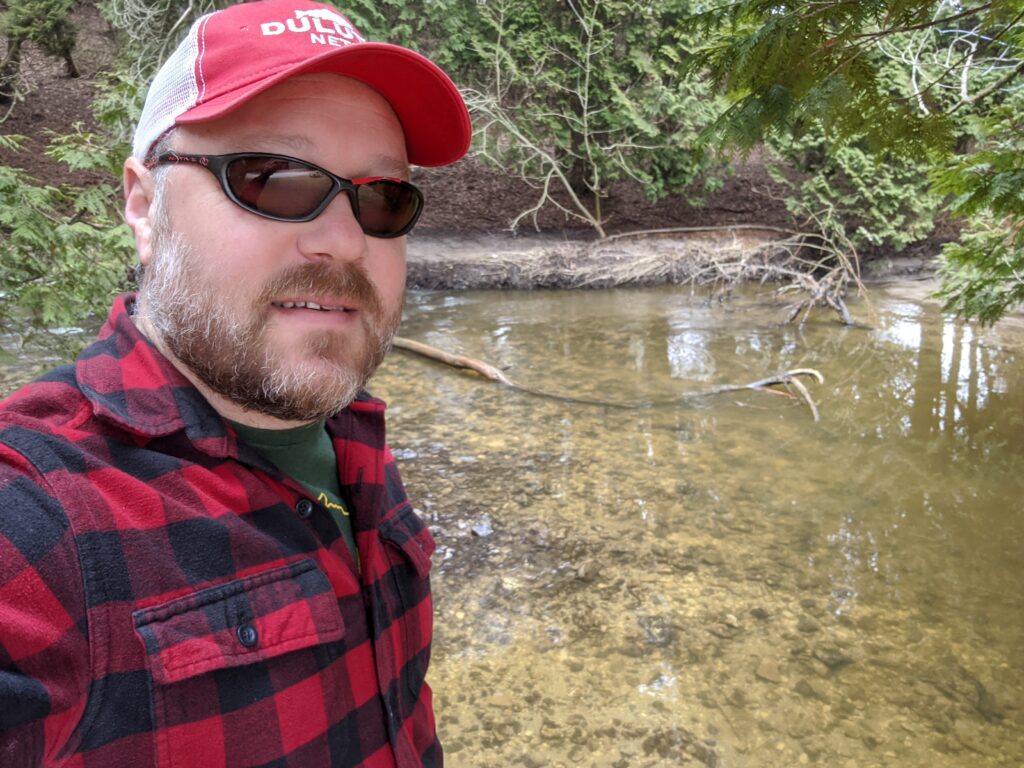
Here, I’m on the lookout for suckers. This location is shallow, so counting the fish is fairly easy while wearing polarized sunglasses. More than 50 suckers may be actively spawning in that single riffle. (Image credit: Titus Seilheimer, Wisconsin Sea Grant)
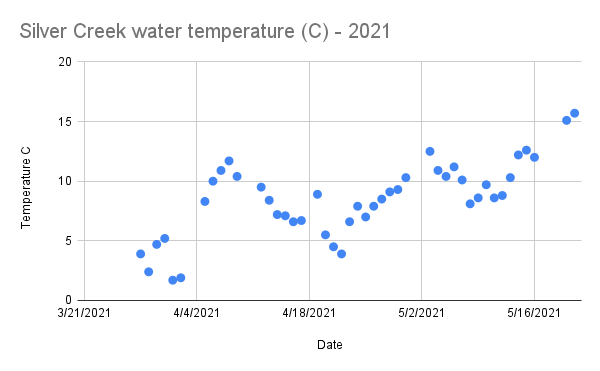
Here’s a graph showing the measured water temperature at the monitoring site through the 2021 spawning season. When the water reaches 10 degrees, that is a spawning cue, but when the water cools down, so does the spawning. (Image credit: Titus Seilheimer, Wisconsin Sea Grant)
Blog | Wisconsin Sea Grant
https://www.seagrant.wisc.edu/blog/sea-grant-project-faves-titus-seilheimer/?utm_source=rss&utm_medium=rss&utm_campaign=sea-grant-project-faves-titus-seilheimer

